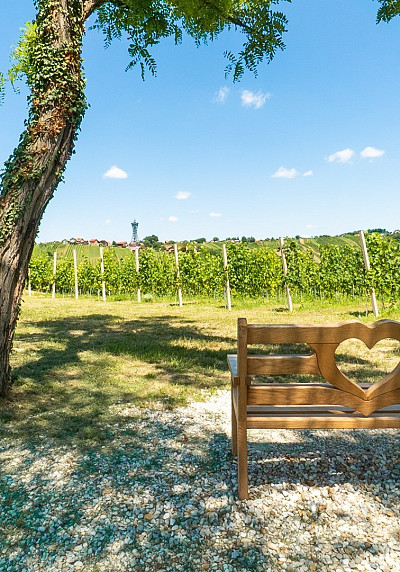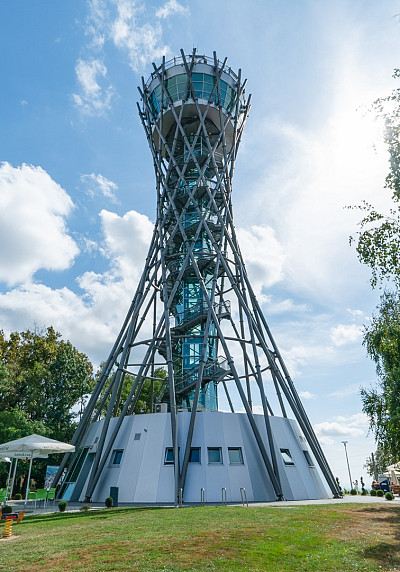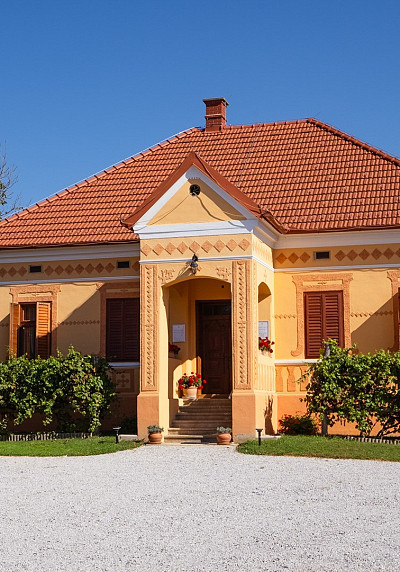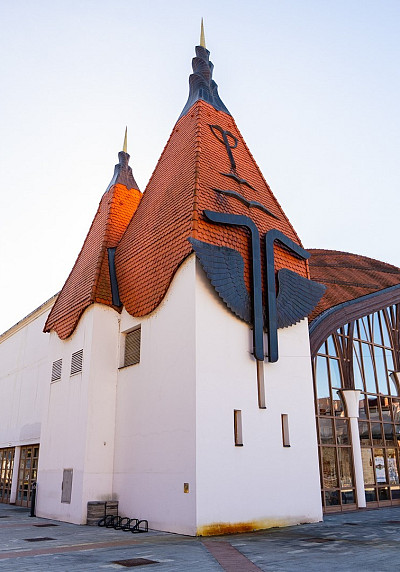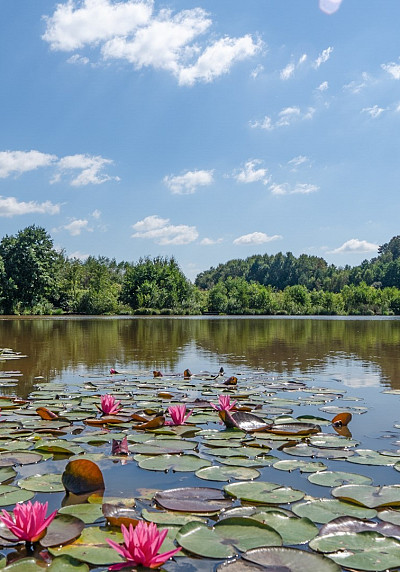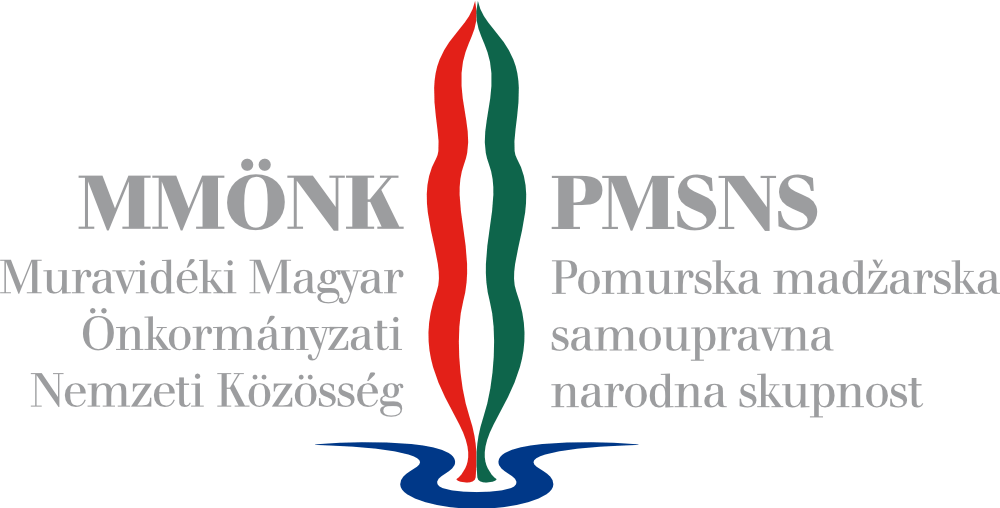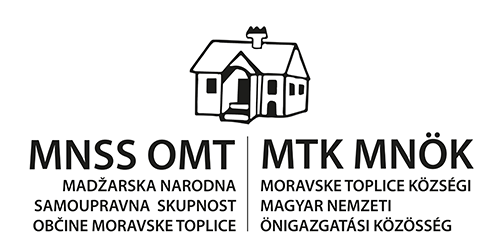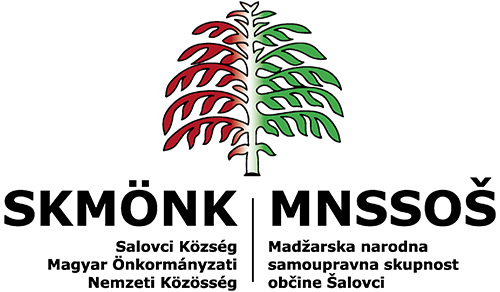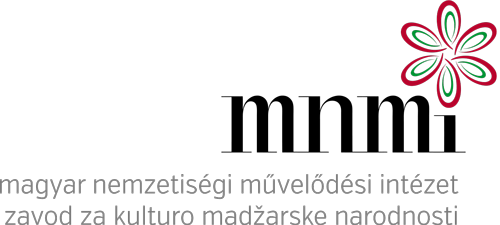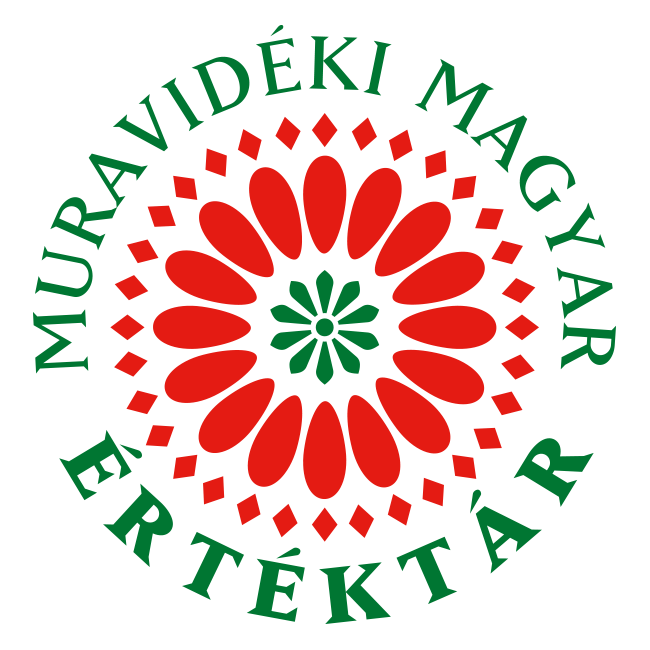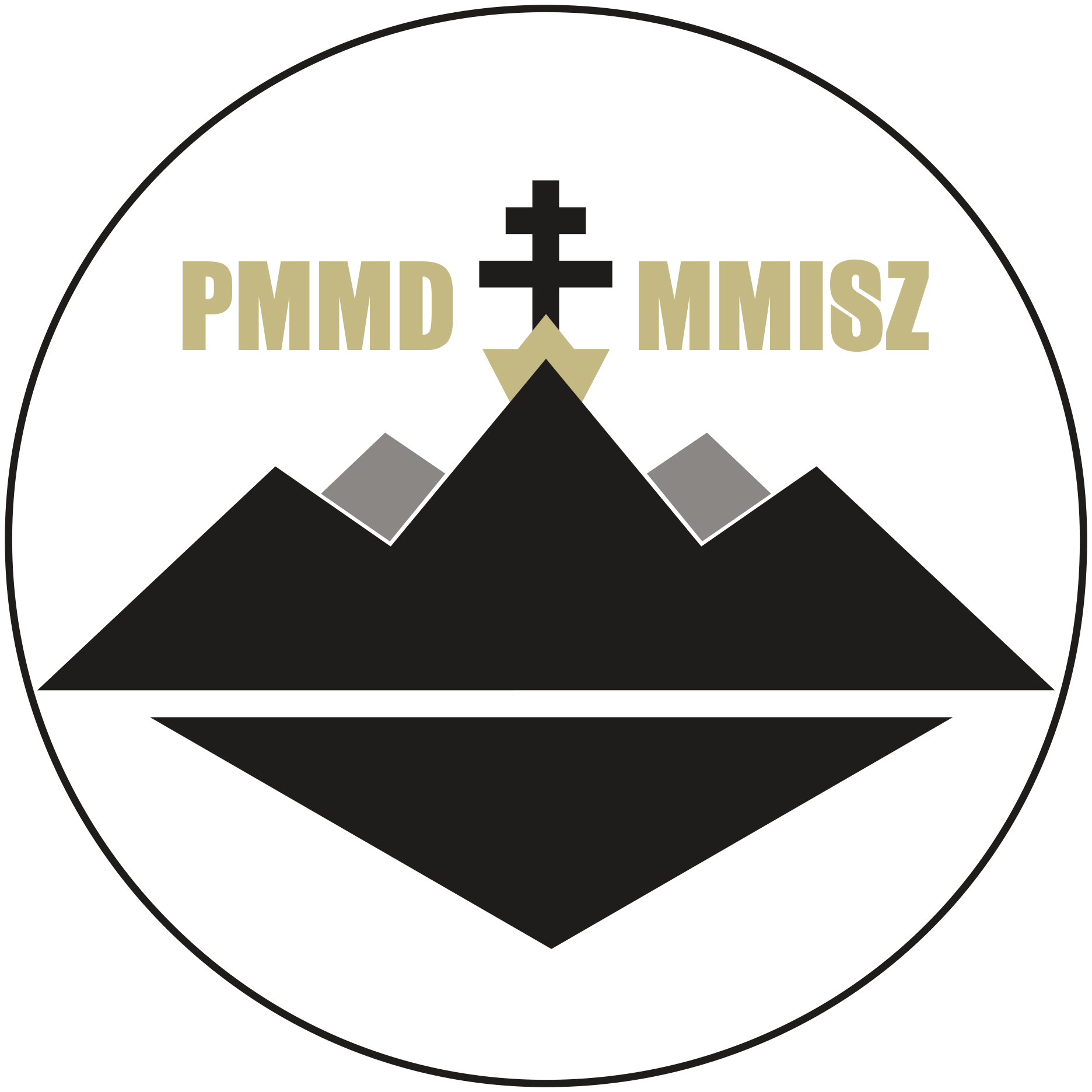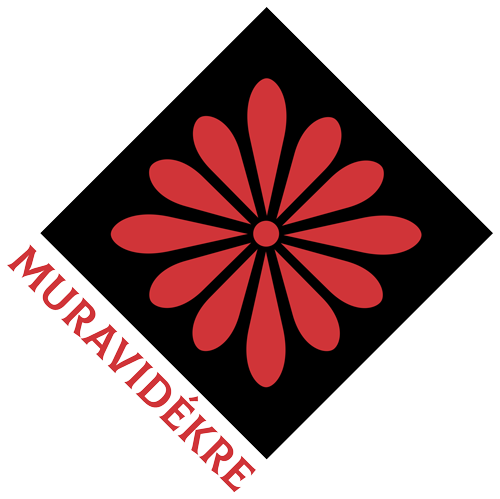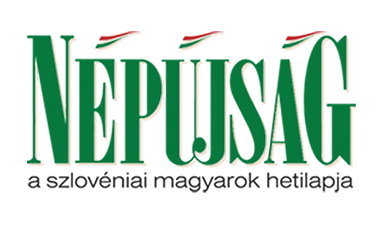On the Trail of Religious Sites and Buildings
4 Days (Municipalities Hodoš, Šalovci, Moravske Toplice, Dobrovnik and Lendava)
Numerous religious sites and buildings are waiting to be discovered in the area of Prekmurje with its mixed nationalities. The area that stretches across five municipalities can easily be explored by bike if you own one and, if not, you can rent an electric one, go by motorbike or even by car. On hot summer days, you can enjoy a soothing rest on one of the numerous benches that are scattered along the road. While exploring the hillsides and lowlands, you can enjoy dishes from the ever-delicious culinary offerings. On top of this, different types of accommodation are waiting to be explored, too, where you can rest after a long day.
Itinerary
Day 1
The Evangelical Church in Hodoš
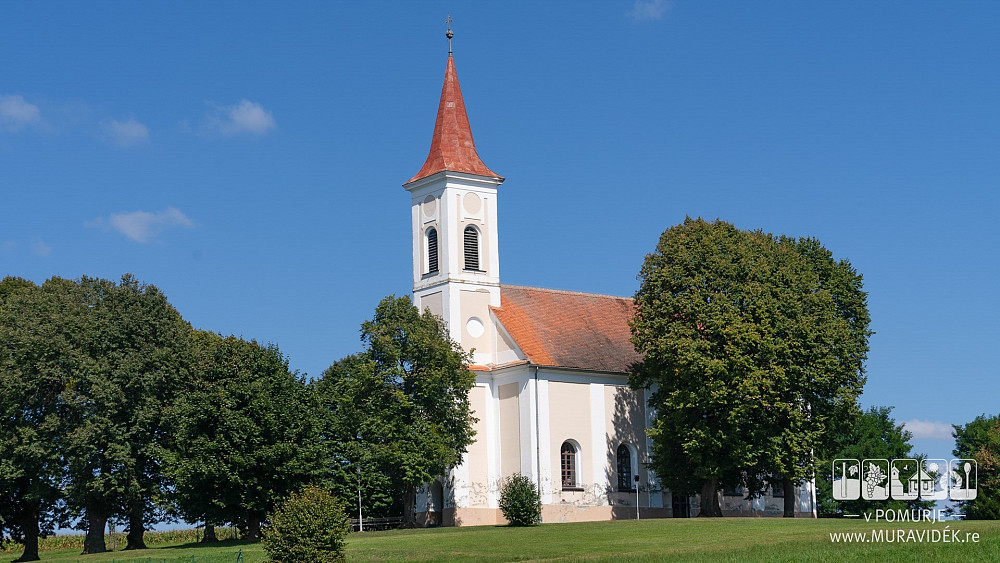
The church, which was built in the late Baroque style, stands on the hilltop above the village and can be seen from the entrance to Hodoš. A special feature of the church is the mechanical pipe organ with eleven registers which dates from 1905.
The Belfry in Domanjševci
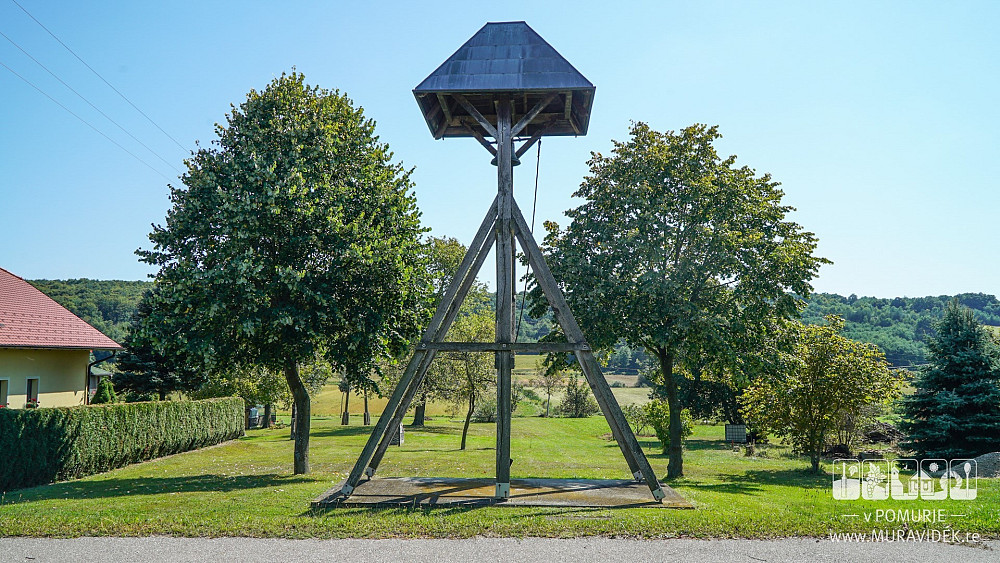
The technically most archaic and unelectrified belfry of the region is found in Domanjševci along the road that runs through the village. The belfry with its simple wooden but nevertheless interesting construction is covered by a small tin roof and its bells are still hand rung by villagers.
The Evangelical Church in Domanjševci
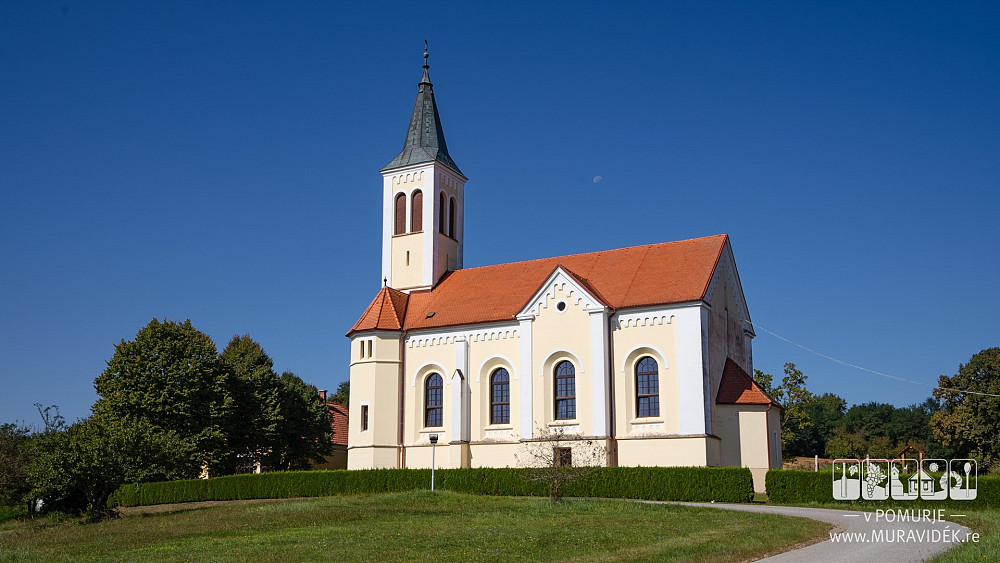
The Neo-Romanesque sanctuary stands on a hill above the village. In accordance to Helvetian tradition, a school stands beside the church where, in the olden days, preachers used to teach children to read and write.
St. Martin´s Church in Domanjševci
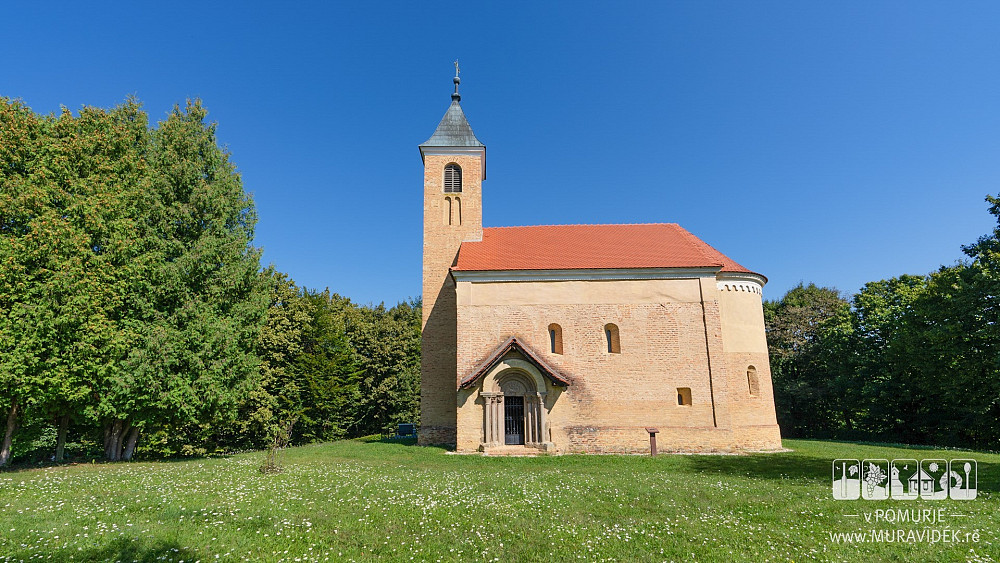
In close proximity to the Evangelical Church in Domanjševci stands the oldest religious monument in Prekmurje: the Romanesque Roman Catholic St. Martin´s Church. Its particularly distinctive feature is the portal - on each of the two sides there are three columns that end with floral and faunal ornaments.
The Reformatory Chapel in Središče

The ecumenical chapel, which welcomes both Evangelical and Reformed believers, stands in the breath-taking environment of Središče, a village located close to the Slovenian-Hungarian border.
The Evangelical Chapel in Prosenjakovci
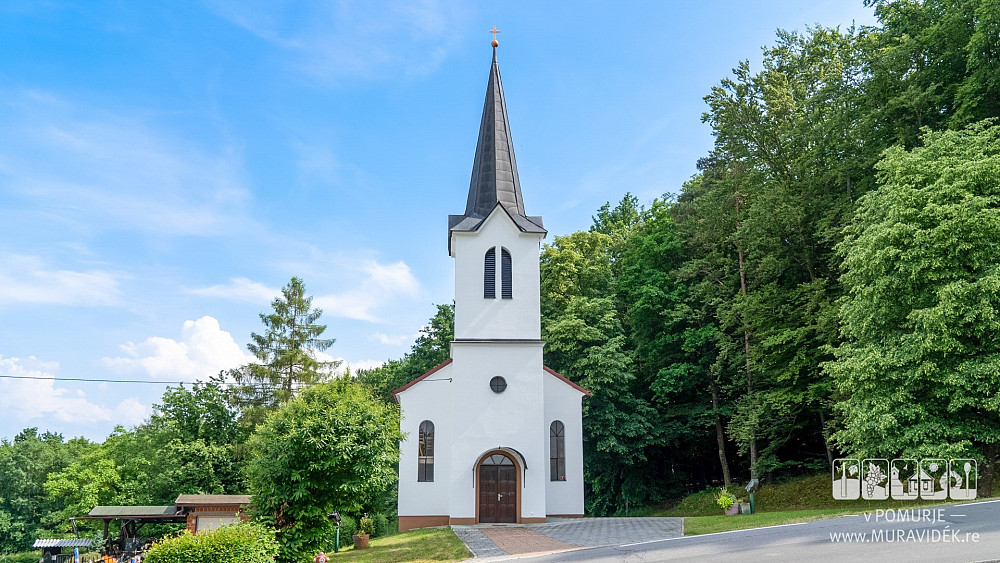
In Prosenjakovci, you can find two religious buildings. One of them is the Evangelical Chapel which is located in close proximity to the Roman Catholic Chapel of St. Joseph. Manifold renovation work was carried out on the chapel in the first decade of the 21st century and it is then that it got its current look.
The Roman Catholic Chapel of St. Joseph in Prosenjakovci

The chapel was anointed in honour of Saint Joseph in 1985. In front of the sparsely decorated chapel stands a bust dedicated to churchman and priest Flóris Kühar who was born in the village and served for a time in the Vatican as well.
The Neo-Romanesque Chapel in Čikečka vas

The façade of the 20th century Neo-Romanesque Chapel is embellished by tall, semi-circular windows. An interesting site is the cemetery of Čikečka vas. It is one of the rare examples of a cemetery in the Goričko region where one can still find some very old reformatory headstones.
The Reformatory Church in Motvarjevci

The centre of the Slovenian Christian Reformatory Church is to be found in Motvarjevci. A belfry was built in 1901 and, 67 years later, it was transformed into a church. The minimalistic church is distinguished by its sparse decoration.
Day 2
The Chapel of St. Vitus in Dobrovnik

On a hill in the proximity of Lake Bukovnica and in the shade of leafy, soaring trees, one can find the Chapel of St. Vitus. The value of the chapel and its surroundings are additionally increased by the healing spring water and the healing power of the surrounding energy spots.
The Church of St. Jacob in Dobrovnik
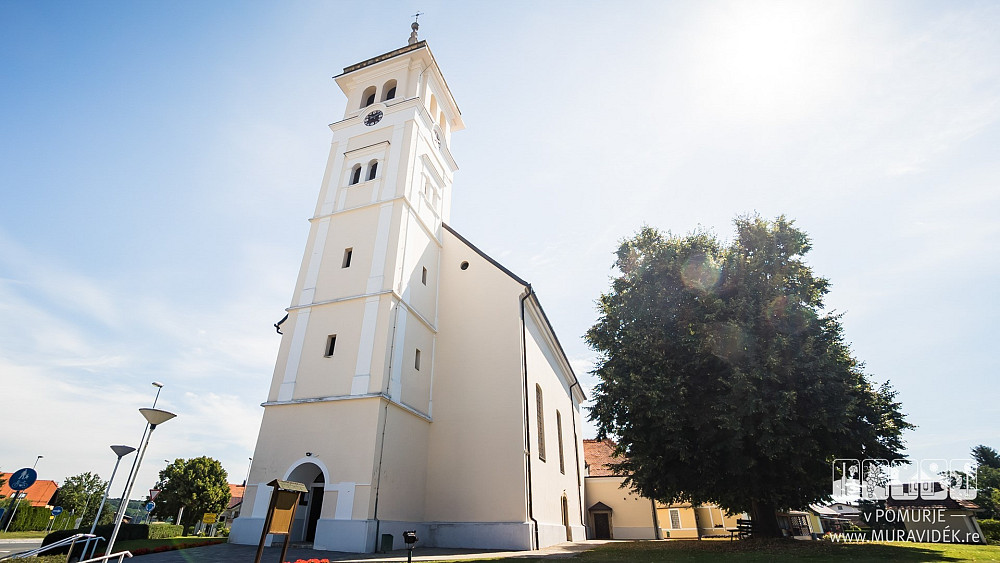
On the edge of the village stands the Church of St. Jacob which got its present form at the end of the 1790s. The church´s altarpiece and the frescoes decorating the church´s interior are the artwork of the Lendava-born painter Lajcsi Pandur but the latter have been destroyed by the ravages of time.
The Chapel of St. Florian in Žitkovci
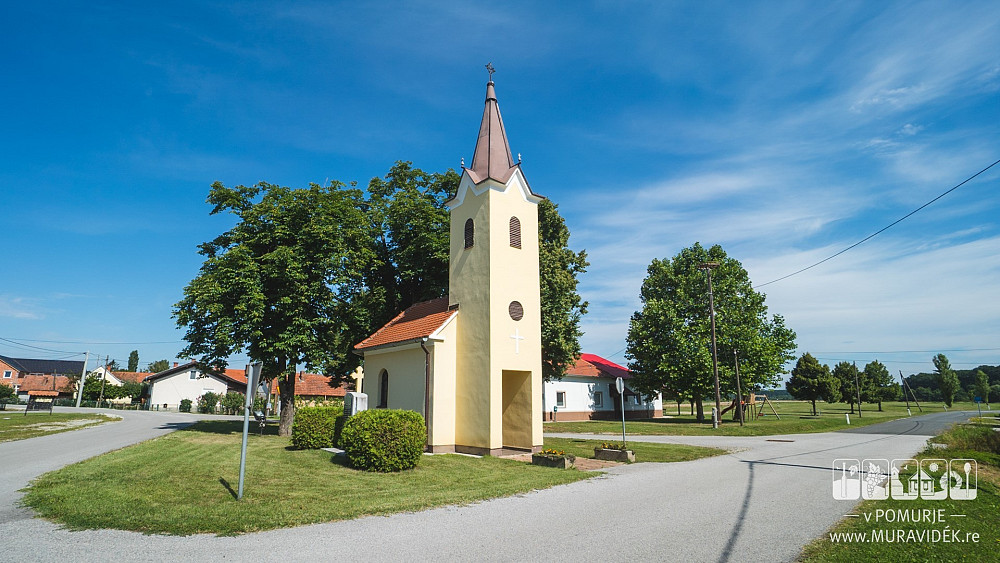
In the centre of the village and in close proximity to the Ferenc Deák Memorial Room, stands the chapel dedicated to St. Florian. Under the chestnut trees that surround the sanctuary, St. Florian´s Saint’s Day is celebrated annually.
The Hetés Friendship Park in Žitkovci

The area of the park between the Slovenian village Žitkovci and the Hungarian village Bödeháza used to be borderland but has now become a popular destination for day trippers and the site of different events. In the area, the statue of the Borderless Bird was erected which was made from the remnants of the barbed wire of the ‘Iron Curtain’ that divided the two villages and were found in that spot.
The Skirted Belfry in Kamovci

A significant religious monument of the village is the skirted belfry beside the main road. It is presumed that it was built in 1737, but, at that time, it stood on the opposite side of the main road and was relocated to its present position only in 1975.
The Skirted Belfry in Genterovci

The oldest sacral building in Genterovci is the wooden skirted belfry which is situated in the centre of the village, near the former school premises. Its curiosity is the decoration it bears on its top: a metal ball with a double cross, embellished by a weathervane in the shape of a rooster.
The Chapel of Saint Mary of the Snows in Genterovci
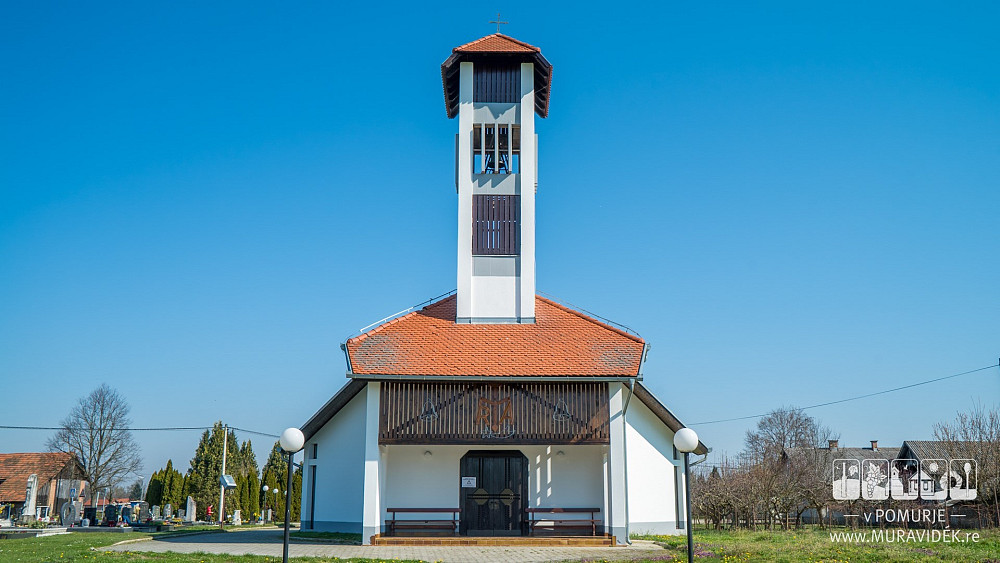
Genterovci used to be the centre of the ethnographical region Hetés. Apart from the skirted belfry, further places of interest of the village are the former school building, the remaining traditional houses with typical pillars on the covered porches (named ˝kódisállásos ház˝ in Hungarian), as well as the Chapel of Saint Mary of the Snows in the village cemetery which was consecrated in 1978 and is a particularly interesting architectural structure.
The Chapel of Mary’s Visitation in Radmožanci

The oldest religious monument of Radmožanci was the skirted belfry which was torn down in 1972. The bell that was in it had already been taken away in 1917 and a new one was brought to Radmožanci from Zagreb in 1923. The 110 kg bell was placed in the tower of the chapel that was built at the beginning of the village in 1970.
Mother Mary´s Tree in Radmožanci
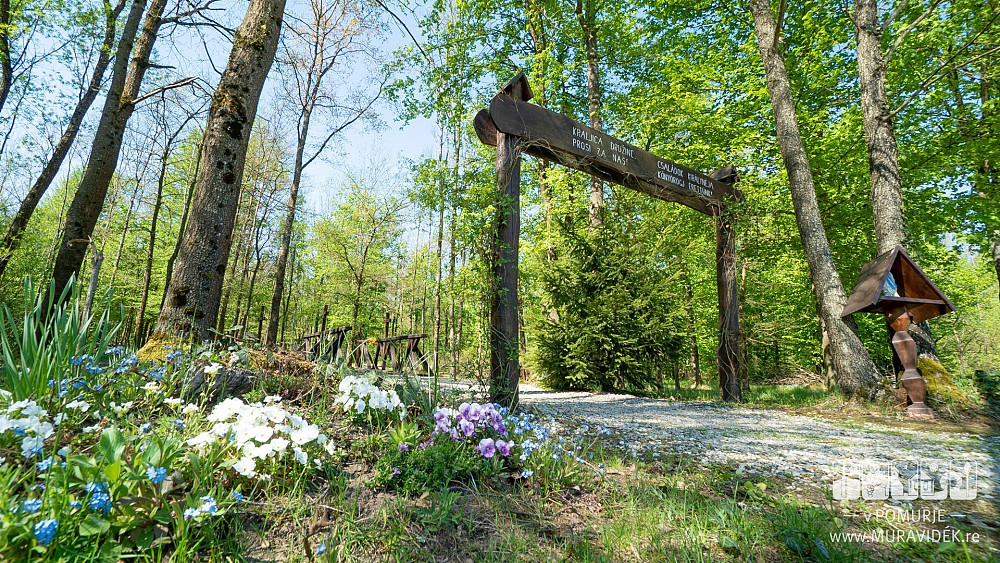
Mother Mary’s tree in the forest Črni log, situated on the outskirts of the village Radmožanci, has a long history and numerous legends connected to it still circulate among the people today. Therefore, Mother Mary’s tree is still visited by many pilgrims who want to feel the miraculous energy surrounding the place.
The Jewish Cemetery in Dolga vas
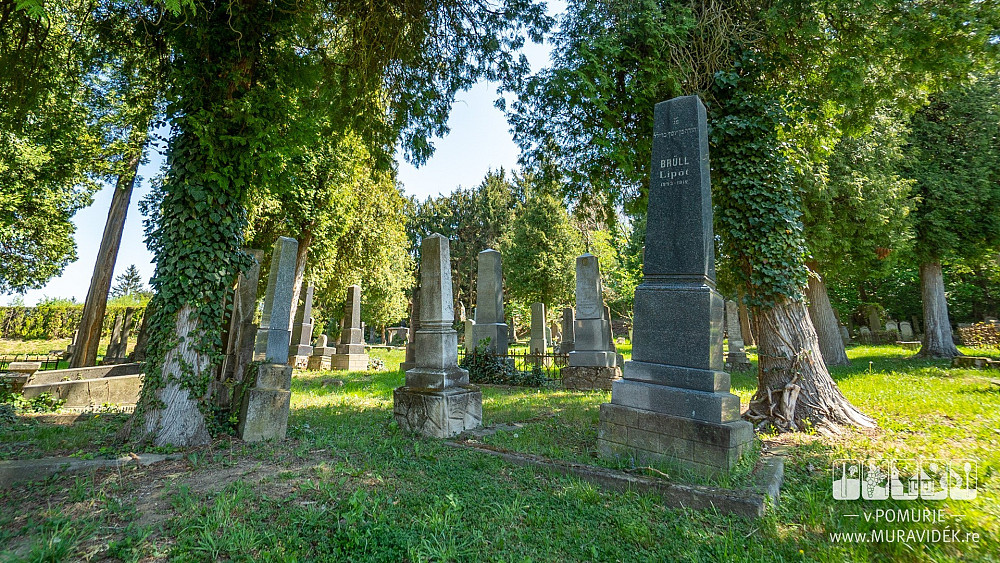
In Dolga vas, not far away from the belfry, is the only Jewish cemetery in Prekmurje and one of the largest of its kind in Slovenia. The cemetery is still being taken care of. The gravestones, facing towards Jerusalem, are engraved with names in Latin and Hebrew.
Day 3
The Chapel of the Nativity of the Blessed Virgin Mary in Čentiba

One of the largest settlements of the Lendava area has numerous sights to offer. One of them is the Neo-Baroque style Chapel of the Nativity of the Blessed Virgin Mary that stands alone on a hill above the village with a wonderful view of the settlement and its surrounding area.
The Chapel of the Holy Spirit in Dolina

The central religious monument of the settlement is the Chapel of the Holy Spirit that is located in the middle of the village. Its Saint´s Day is celebrated at Pentecost. The settlement is also known for the former school building and its poignant wayside crosses and the little chapel that was built by István Csótár.
The Skirted Belfry in Pince
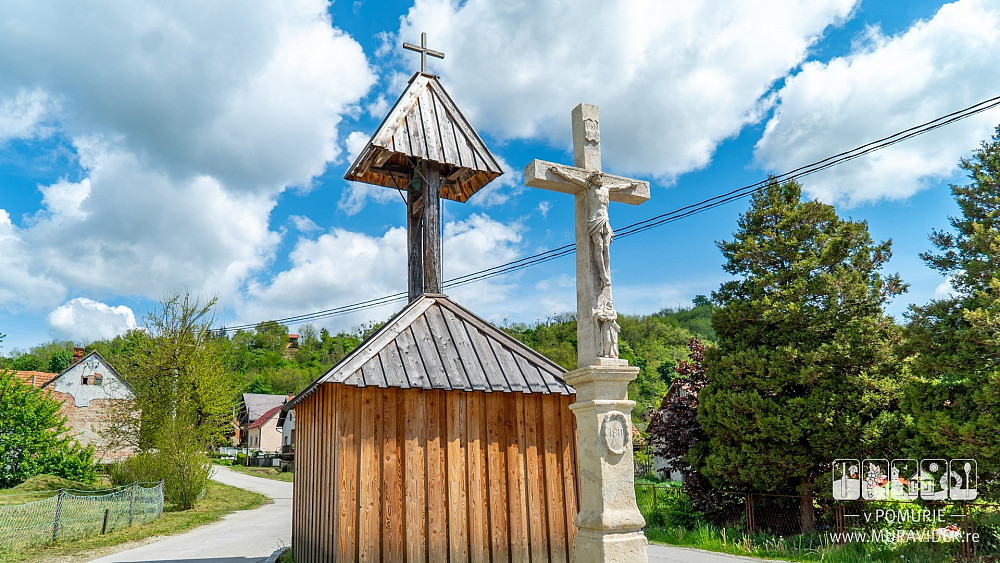
In Slovenia´s easternmost village, a wooden, rectangular belfry covered with a wooden tent roof was erected around the end of the 19th century. Next to it stands a stone cross that was restored in 1972.
The Church of Saint Rosalia in Petišovci

Petišovci has several sights to offer. One of them, for instance, is the four-metre-high Marian column, along with the school that was built in 1906, the belfry that stands next to the school, as well as the church dedicated to Saint Rosalia of Palermo, which is a place of religious rituals and cultural events.
The Danijel Halas Memorial Park in Kot
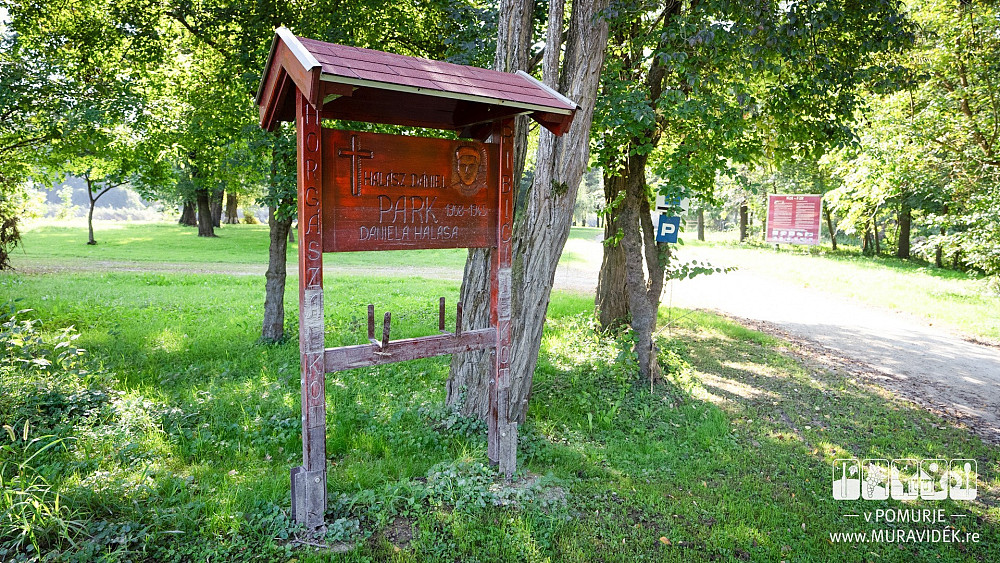
Like Radmožanci, Kot is also an important place of pilgrimage with its Memorial Park of Danijel Halas, situated near the oxbow lake of the River Mura. The memorial park and its surroundings are also interesting from the point of view that visitors can get to know the flora and the fauna of the oxbow lake of the River Mura.
The Chapel of Saint Anthony of Padua in Kot
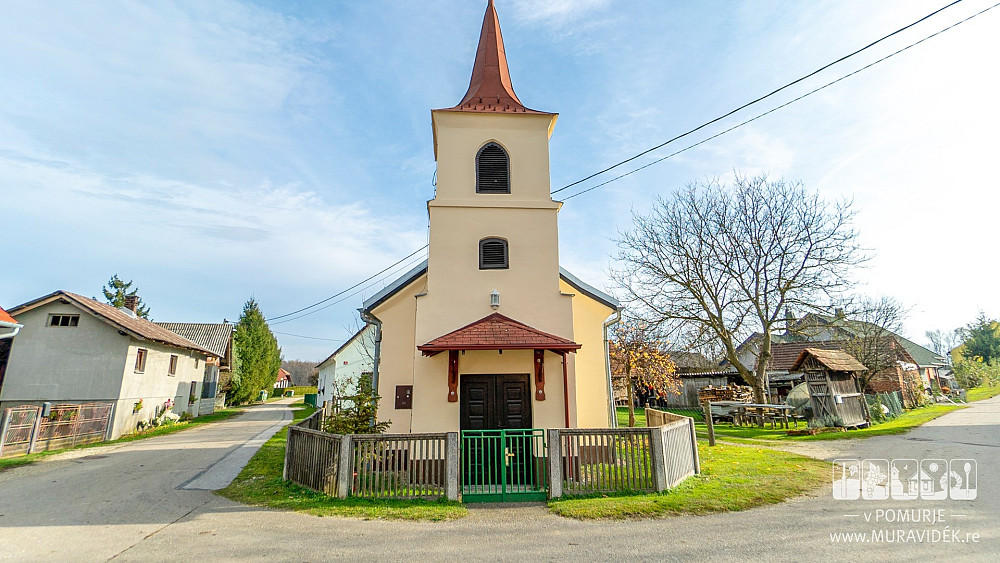
Kot is the smallest settlement in the Municipality of Lendava which lies directly in the picturesque landscape of the River Mura backwater. The main landmark in the village of Kot is the Chapel of St. Anthony, dedicated to St. Anthony of Padua, which has a distinctive feature: a massive, gradually increasing belfry.
St. Jacob´s Chapel in Kapca
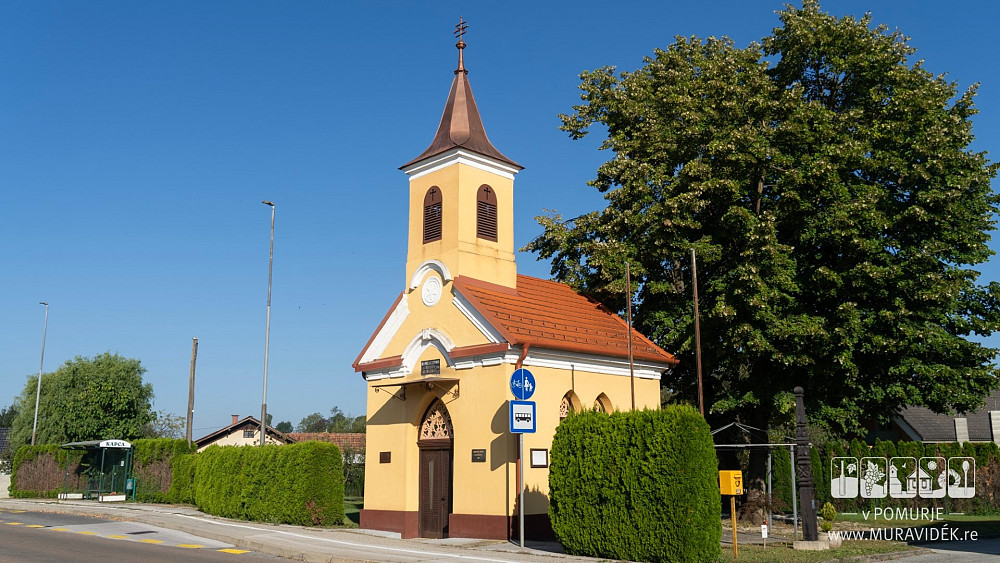
Beside the Neo-Gothic chapel that was erected in 1855 stands the 19th century former school that was attended by the schoolchildren of Kapca, as well as those of Kot and Hotiza. Next to these two buildings is a playground for children where the youngest can spend their time.
The Church of the Lady of Mount Carmel in Gaberje

In 1995, upon the request of some of the villagers, the old chapel, which was built in 1923, was demolished and the building of the new church began. The interior and exterior of the church have been renovated several times over the last few decades. The main attraction of the church is the ornate altarpiece.
The Chapel of St. Stephen I of Hungary in Gornji Lakoš
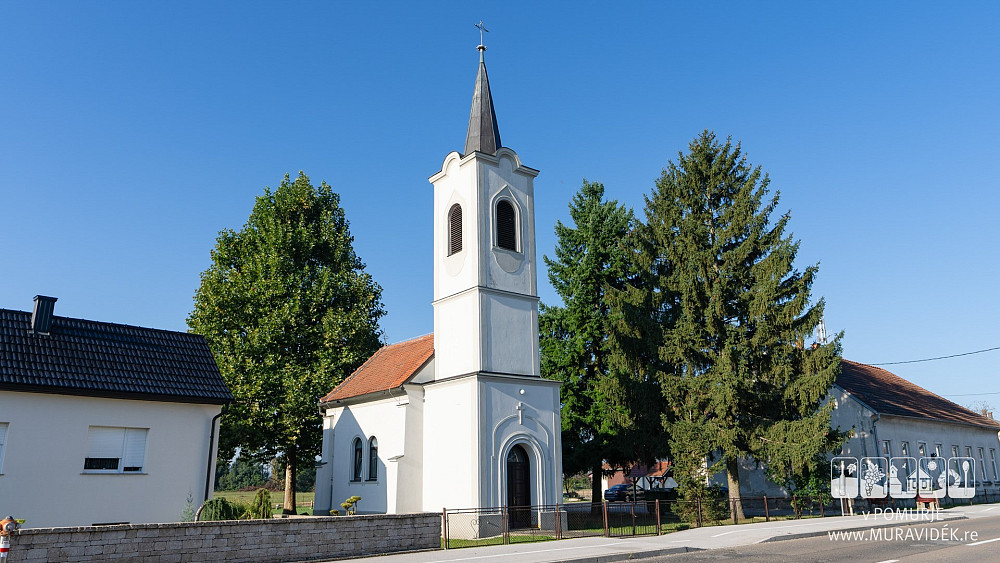
There is no way one can miss seeing the small chapel beside the main road in Gornji Lakoš. In the sanctuary that was erected in 1930, one can find a miniature statue of St. Stephen I of Hungary, a replica of the statue found in Lendava, which is the work of Ferenc Király, the renowned Munkácsy Prize-winning sculptor who was born in the village.
The Chapel of the Holy Cross in Dolnji Lakoš
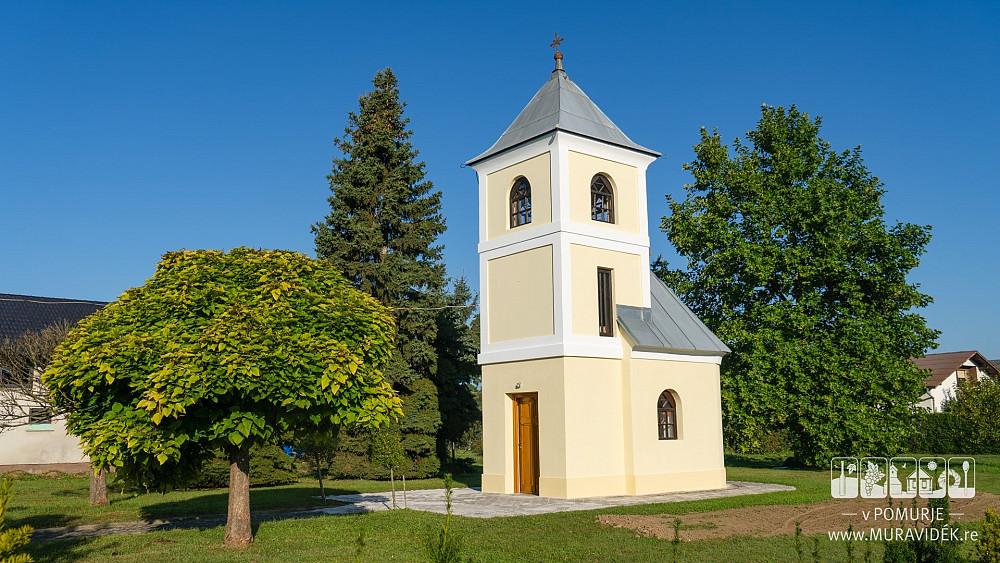
Primarily, Dolnji Lakoš is known for the archaeological site Oloris that lies close by and where archaeologists found remains of a Bronze Age settlement. Another sight of the village is the Chapel of the Holy Cross that was built on the site where a wooden cross used to stand.
Day 4
The Evangelical Church in Lendava
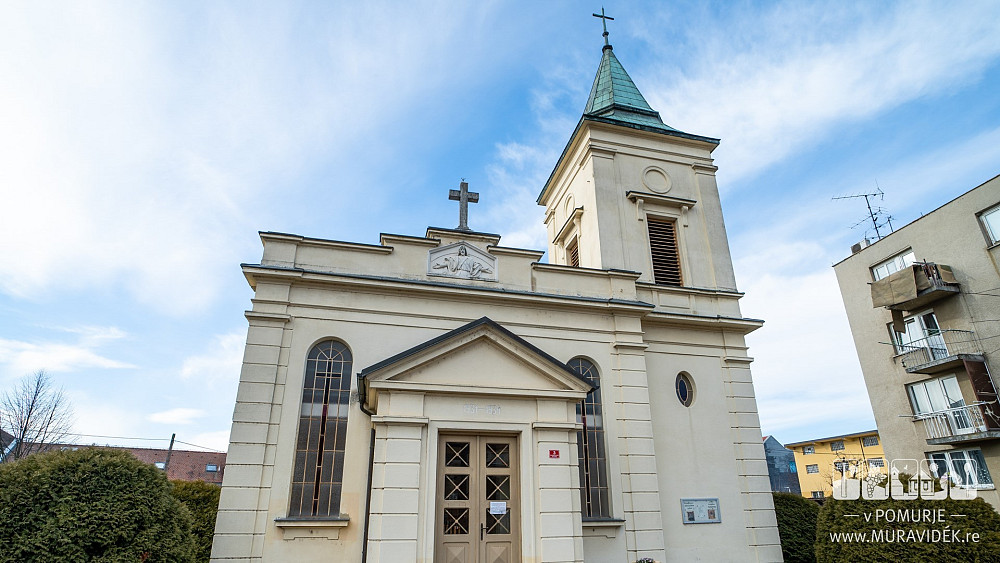
The church is located in the town centre. Similar to its exterior, the church´s interior decoration is also elegantly minimalistic. However, the altarpiece that is the work of Lajči Pandur, the renowned painter who was born in Dolnja Lendava, is outstanding.
The Lendava Synagogue
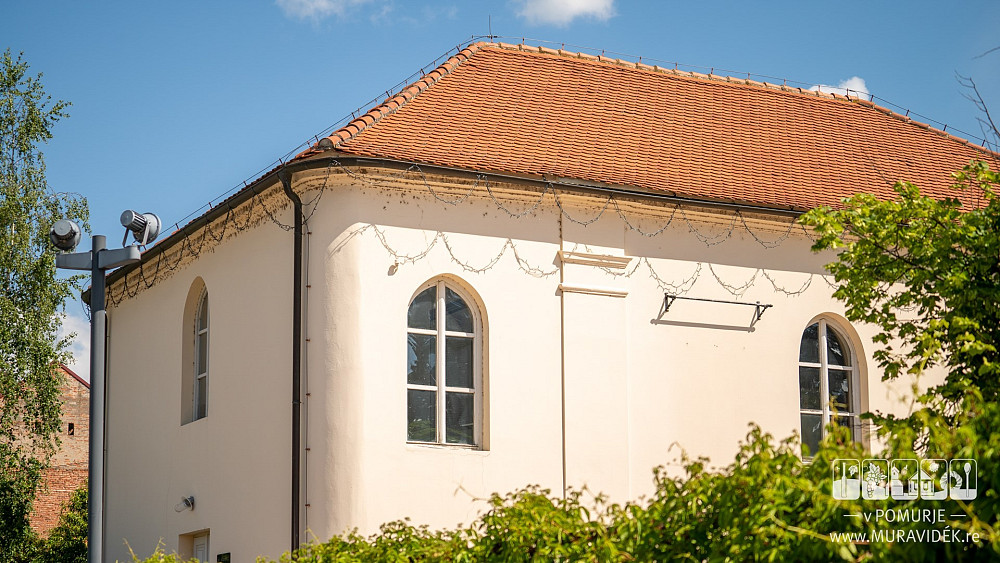
The building of the Lendava synagogue is an important architectural monument of the local Jewish community. In the synagogue, there are two permanent exhibitions, one of them is about the Jews of Lendava and Prekmurje and the other exhibition is a collection of graphics named “Scrolls of Fire” by the Israeli graphic artist Dan Reisinger.
The Parish Church of Saint Catherine in Lendava
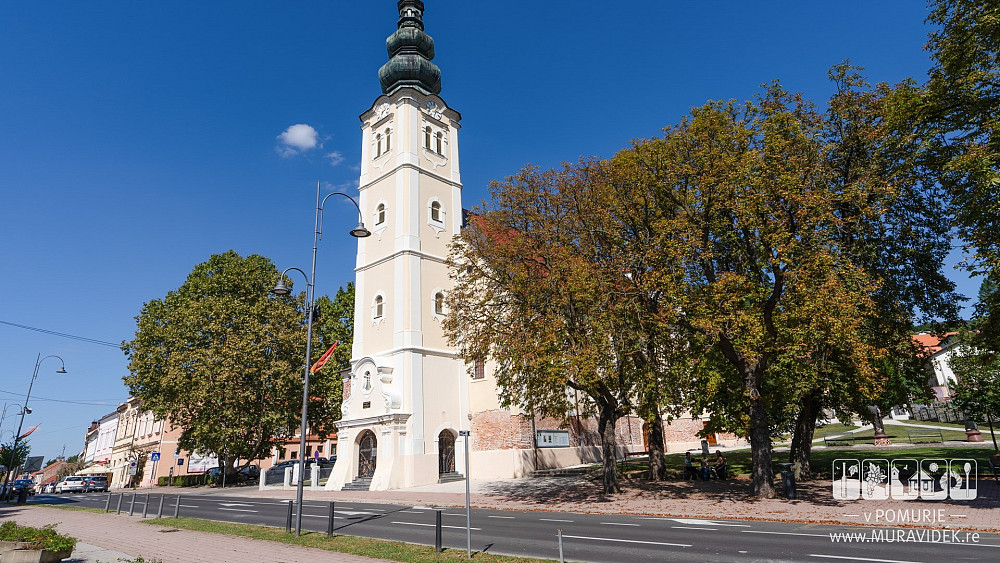
The spiritual centre of Lendava’s Roman Catholic residents got its present form in 1751. In the church square, three statues were erected: a statue of St. Florian; a statue of St. Stephen, in honour of the millennium of the founding of the Hungarian state; and a statue of Anton Martin Slomšek, the former bishop of Maribor.
The Chapel of the Holy Trinity in the Lendava Hills and the Mummy of Mihael Hadik
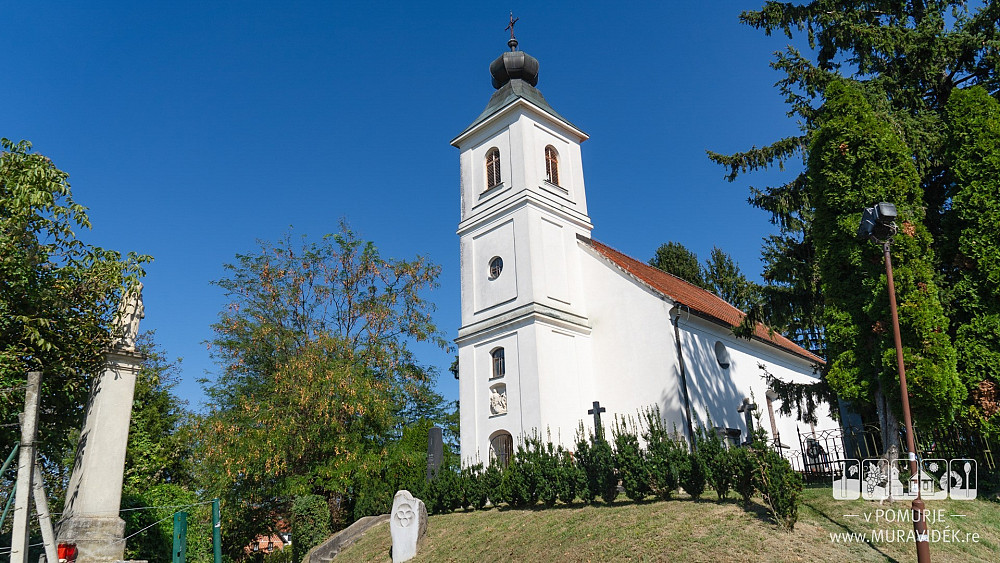
One of the roads that runs through the vineyards leads to the Chapel of the Holy Trinity where one can see the mummy of army general Mihael Hadik in a glass coffin. According to legend, he was a hero who battled the Turks around 1600 in the army led by Kristóf Bánffy.

